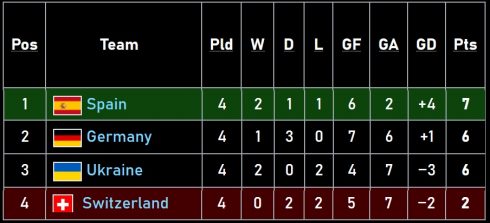THE creative sector in Spain remains far from offering equal opportunities for women and men, a new study has suggested.
An audit commissioned by the Ministry of Culture and Sport to study its own structures and bodies (including the autonomous ones) shows a striking disparity between opportunities for women and men.
Some 82% of the artistic directors of public institutions in Spain are male, the study revealed, meaning official decisions on culture remain in the hands of a majority of men.
The leadership of Spain’s cultural institutions maintains a significant gender imbalance, which the adoption of the organic law for equality in 2007 has not corrected.
The audit, carried out as part of the work plan of the Observatory for Gender Equality in Culture, examined the situation in 50 management centres between 2000 and 2018.
The final report has not yet been published, however the preliminary 343-page report underlines the scant progress made by equality legislation in this field.
“The law appears to be a vague idea to these centres. They know it exists, but it is not applied. The cultural power, that is to say the management of museums, theatres, orchestras… is inaccessible to women. Nor are women running boards or councils. However, in secretarial positions they are in the majority. In other words, the more power there is, the less women,” said Fatima Anillo, director of the study.
The report, which involved 13 specialists from the Ministry, the sector’s women’s associations and the Observatory, also shows that men are kept in their posts for longer periods of time than women, generating more instability for women when in charge of general management.
Furthermore, if the absence of women on top management bodies is alarming, their representation on boards (the governing bodies) is worse.
In no year of the 19 studied has a parity figure been reached, with an average of one in four people on decision-making boards being women.
And the gender gap isn’t just reflected in cultural employment within the Ministry of Culture and the entities linked to it but also in the artists behind works displayed.
For instance the Museo Reina Sofia has acquired 3,609 works between 2000 and 2018, of which three quarters were produced by men (75.2%).
Additionally, in two decades of concerts only 10 works by women have been programmed in the National Orchestra. Likewise, the Teatro Real has only programmed 0.6% of productions directed by women and of the 1,432 plays premiered at Inaem centres (National Institute for the Performing Arts and Music), only 11.4% were composed by women.
Click here to read more Other News from The Olive Press.








